One of the most critical decisions you'll make when preparing for a bikepacking trip is choosing the right bags. Bikepacking is all about traveling light, efficiently packing your gear, and maintaining a balanced ride. Without the right bags, your gear can weigh you down or become a hindrance to your journey. This guide will walk you through the various bikepacking bags available, how to choose the right ones, and how to pack for maximum comfort and stability.
We’ll break down the different types of bags you need for a successful bikepacking adventure, explain how each bag fits into your packing strategy, and highlight the best features to look for when choosing gear. While this guide will help you make informed decisions, our collection of bike bags will ensure you’re choosing high-quality, durable options for your next trip.
Why Bikepacking Bags Matter
Bikepacking requires a different mindset from traditional touring. Instead of bulky panniers and racks, you’ll need lightweight, streamlined bags that attach directly to your bike’s frame, handlebars, and seat. This setup distributes the weight more evenly and makes riding off-road or on uneven terrain much easier.
The right bags will:
- Keep your gear secure and stable on rough terrain.
- Protect your belongings from the elements like rain, dirt, and debris.
- Improve aerodynamics, helping you ride more efficiently.
- Balance your bike, preventing unwanted swaying or tipping.
Now let’s dive into the types of bags you’ll need for a successful trip.
The Essential Bikepacking Bags
1. Handlebar Bags

Handlebar bags are perfect for storing lightweight, bulky items like sleeping bags, jackets, or tents. Mounted on the front of your bike, these bags help you carry essential gear without interfering with your ability to steer.
- Best Uses: Sleeping gear, clothes, or a lightweight tent.
- Features to Look For: Waterproof materials, easy access, and a secure attachment system that keeps the bag stable even on bumpy roads.
Handlebar bags offer easy access to items you’ll need to grab quickly or items that take up a lot of space but don’t weigh much. Some handlebar bags come with extra compartments or external pockets for things like maps or snacks.
Explore our range of handlebar bags designed to keep your load balanced and gear safe.
2. Frame Bags

Frame bags fit snugly within the triangle of your bike frame, making them ideal for storing heavier items like food, water, and tools. Since these bags sit centrally on your bike, they provide excellent weight distribution, helping to keep your bike stable and easy to control, even on rough trails.
- Best Uses: Food, water, tools, and electronics.
- Features to Look For: Multiple compartments for organization, durable zippers, and water-resistant materials to keep your essentials dry.
Frame bags maximize the use of space without affecting the handling of your bike. They come in different sizes to suit a variety of frame shapes and sizes, and they’re especially useful for keeping your heaviest gear close to the bike’s center of gravity.
Check out our frame bags for options that combine durability with smart organization.
3. Saddle Bags (Seat Packs)

Saddle bags, or seat packs, attach to the seat post and sit behind the rider. These are ideal for larger, compressible items such as clothing or lightweight camping gear. Saddle bags can hold a surprising amount of gear without adding bulk to your bike.
- Best Uses: Clothing, sleeping gear, or anything lightweight but bulky.
- Features to Look For: Waterproof materials, compression straps, and a secure attachment system that keeps the bag from swaying during your ride.
Saddle bags are a great way to carry larger, lighter items that don’t require frequent access. Make sure you choose one with a reliable attachment system to prevent any movement while riding.
Browse our collection of saddle bags to find the perfect option for your next trip.
4. Top Tube Bags

Top tube bags are smaller bags that sit on the top of your bike’s frame, just behind the handlebars. These bags are perfect for quick-access items like snacks, your phone, or a multi-tool. Having these items within arm’s reach means you don’t have to stop and unpack when you need them.
- Best Uses: Snacks, phone, small tools, maps, or keys.
- Features to Look For: Zippered access, waterproofing, and a secure, non-slip attachment system.
Top tube bags are great for keeping your essentials close at hand without compromising the balance of your bike. Since they’re small, they won’t interfere with your pedaling or maneuvering.
We offer a variety of top tube bags to keep your small items accessible and safe.
5. Accessory and Stem Bags

Accessory bags, often called stem bags, attach to your handlebars or stem and are designed to hold small, frequently used items like water bottles, energy bars, or even a camera. These bags are typically cylindrical in shape and can be accessed easily while you’re riding.
- Best Uses: Water bottles, snacks, or a compact camera.
- Features to Look For: Drawstring closures, durable attachment points, and insulation (for keeping drinks cold or gear protected).
Stem bags are perfect for hydration and snacking without needing to stop and unpack. They can also serve as additional storage when you need quick access to certain items.
Check out our accessory bags for convenient, easy-to-access storage solutions.
Tips for Packing Your Bikepacking Bags
Packing for bikepacking is about efficiency and balance. Here’s how to maximize space and keep your load manageable:
- Distribute Weight Evenly: Keep the heaviest items in your frame bag, closest to the bike’s center of gravity. This helps prevent the bike from becoming unbalanced or sluggish, especially when riding uphill or over uneven terrain.
- Prioritize Access: Put items you’ll need during the ride—like snacks, maps, or a camera—in top tube bags or accessory bags. Items like sleeping gear, which you won’t need until camp, can go in your saddle or handlebar bags.
- Use Compression Bags: Compression bags or stuff sacks are great for minimizing the bulk of sleeping bags and clothes, allowing you to pack more efficiently into your bikepacking bags.
- Waterproof Your Gear: Even if your bags are water-resistant, it’s a good idea to use dry bags or liners to protect clothing and electronics from rain or splashes.
- Test Pack Before Your Trip: Pack your bags and go for a short ride before your trip to ensure everything is balanced and secure. A test ride will help you spot any loose bags or awkward weight distribution.
Final Thoughts: Choose the Right Bags for Your Adventure
Packing the right bags for your bikepacking trip can make or break your adventure. The right combination of handlebar, frame, saddle, and accessory bags will keep your gear organized, your ride comfortable, and your bike balanced. Remember, it’s not just about having enough storage—it’s about carrying your gear in a way that enhances your journey.
When you’re ready to gear up, explore our full range of bags to find durable, lightweight options that meet the needs of your trip.

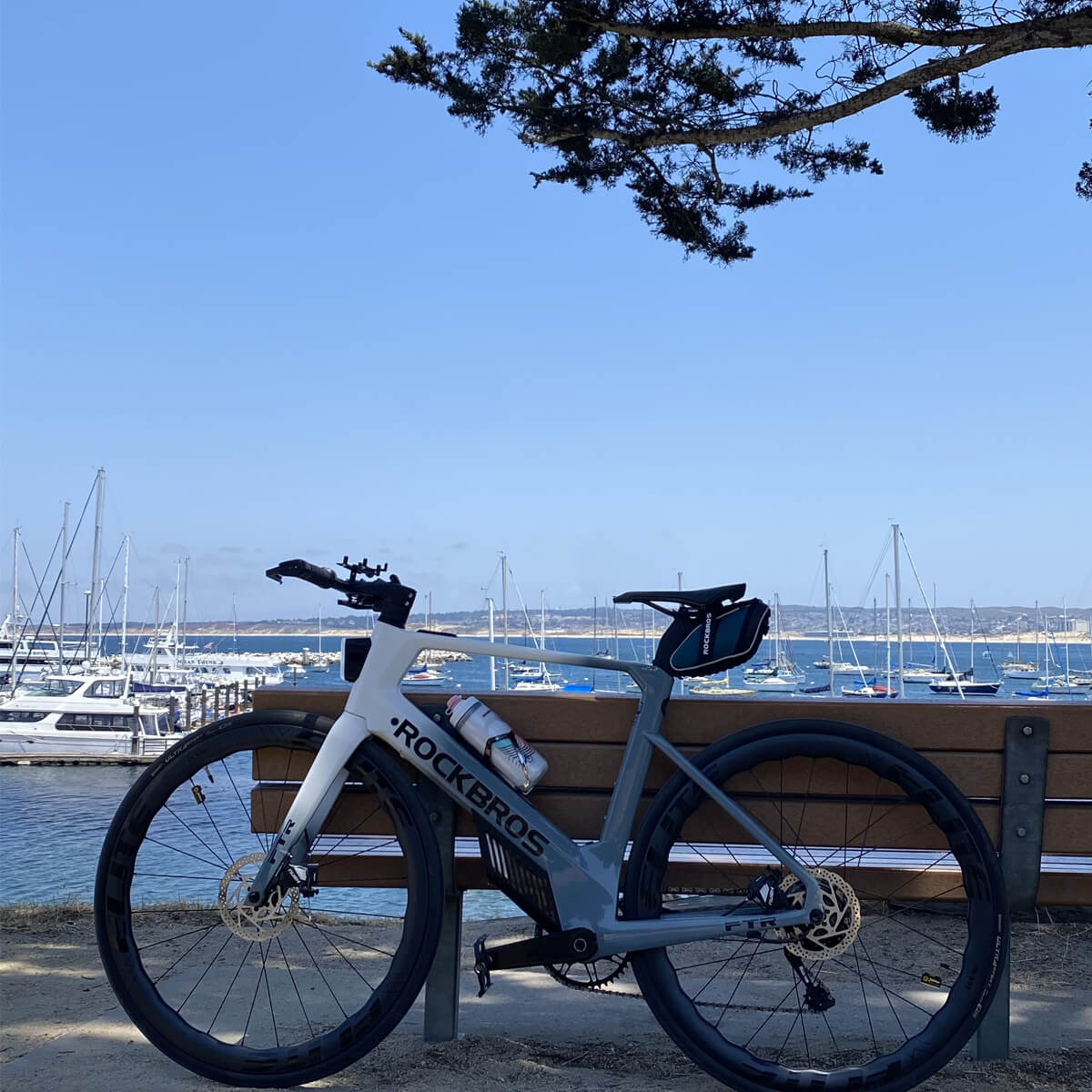
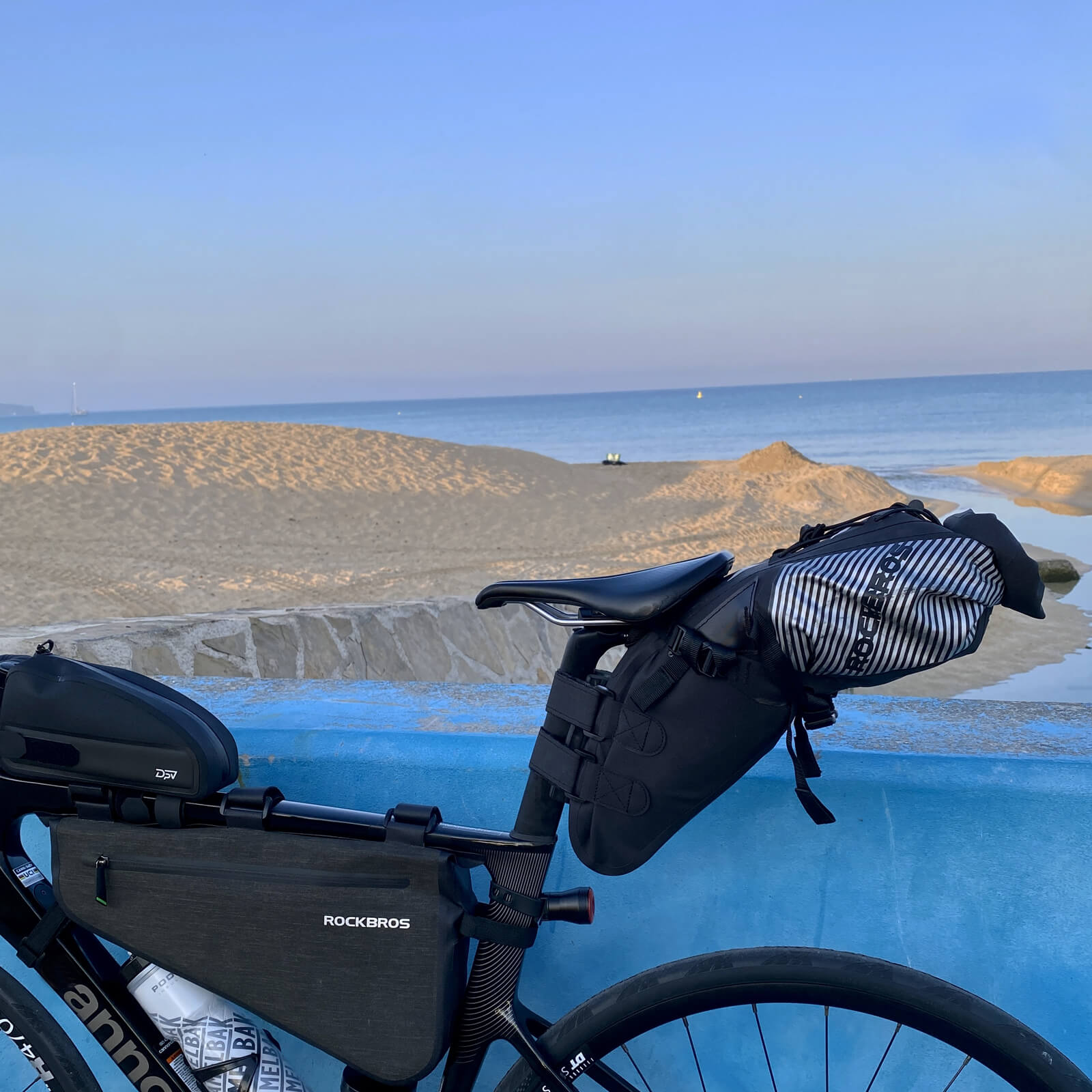
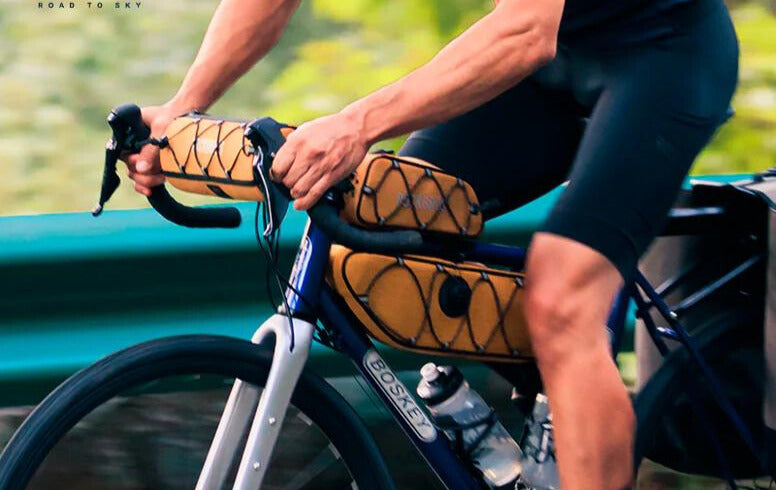
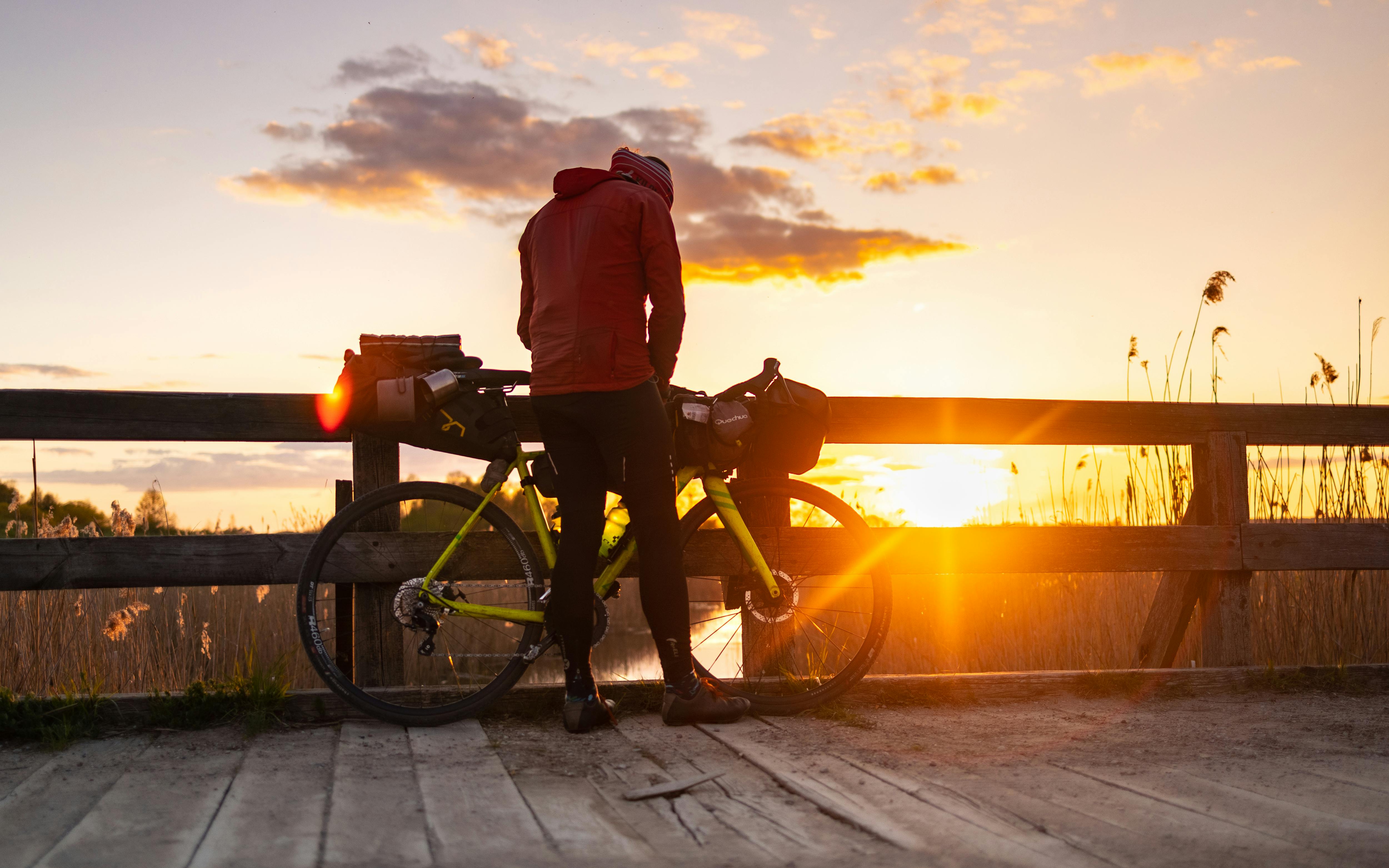
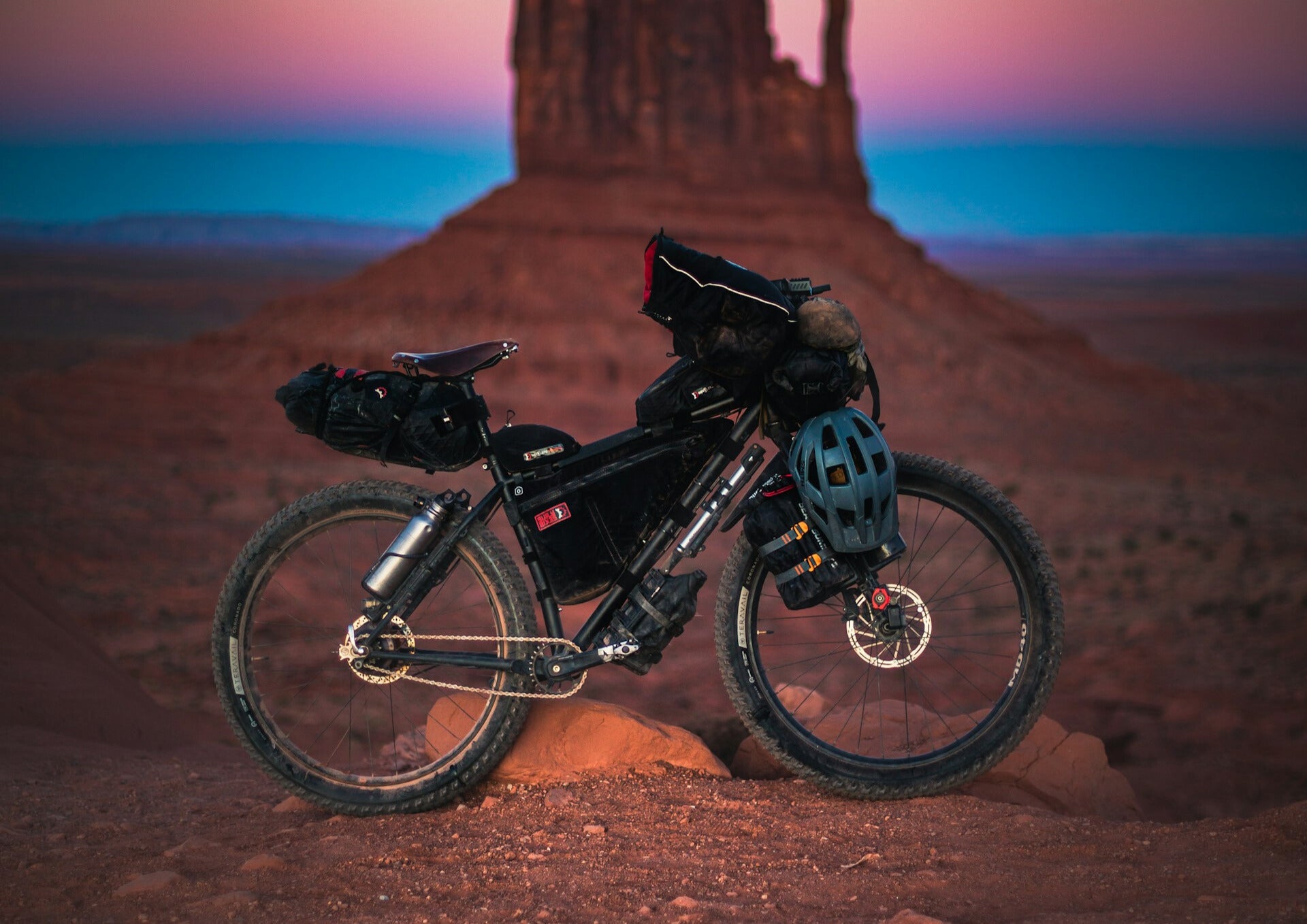
Leave a comment
This site is protected by hCaptcha and the hCaptcha Privacy Policy and Terms of Service apply.